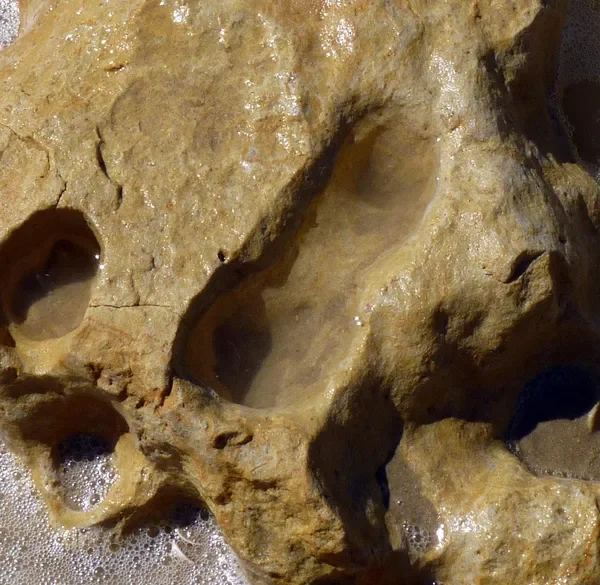Scientists Discover 78,000 Year Old Neanderthal Footprint
I find these kinds of discoveries fascinating. To be able to find and see something from an human, an individual that is, theoretically, part of someone’s ancestorial tree is this old is mind boggling.
Scientists recently discovered a 78,000-year-old Neanderthal footprint in northern Spain that offers a rare glimpse into the lives of our ancient relatives. The footprint was found in the mudflats of El Sidrón, a place known for Neanderthal remains. The print is well-preserved and provides a direct connection to the past, showing us how Neanderthals lived and survived during the harsh Ice Age. The discovery is significant because it reveals not just what Neanderthals were made of, but where they walked and what their daily lives were like.
The footprint belonged to a young adult male, about 5 feet 6 inches tall and weighing around 150 pounds. This discovery is important because it suggests that Neanderthals were adaptable and not just big-game hunters. The area surrounding the footprint showed traces of other footprints and even animal tracks, hinting that the Neanderthals were foraging or moving between camps, sharing the environment with other large animals like deer and wild horses. The mud around the footprint also contained fragments of plants and shells, showing that the shoreline was a key source of food for Neanderthals.
An Example of a Neanderthal footpring
This discovery challenges old ideas that Neanderthals were brutish and unintelligent. Instead, it shows they were capable of surviving in a tough environment, using their knowledge of the land to find food and take care of their families. It also supports the idea that Neanderthals were connected to their surroundings and had social groups, much like modern humans. The footprint is a reminder of their resilience, leaving behind a lasting mark on the earth that continues to teach us about their lives and survival.

